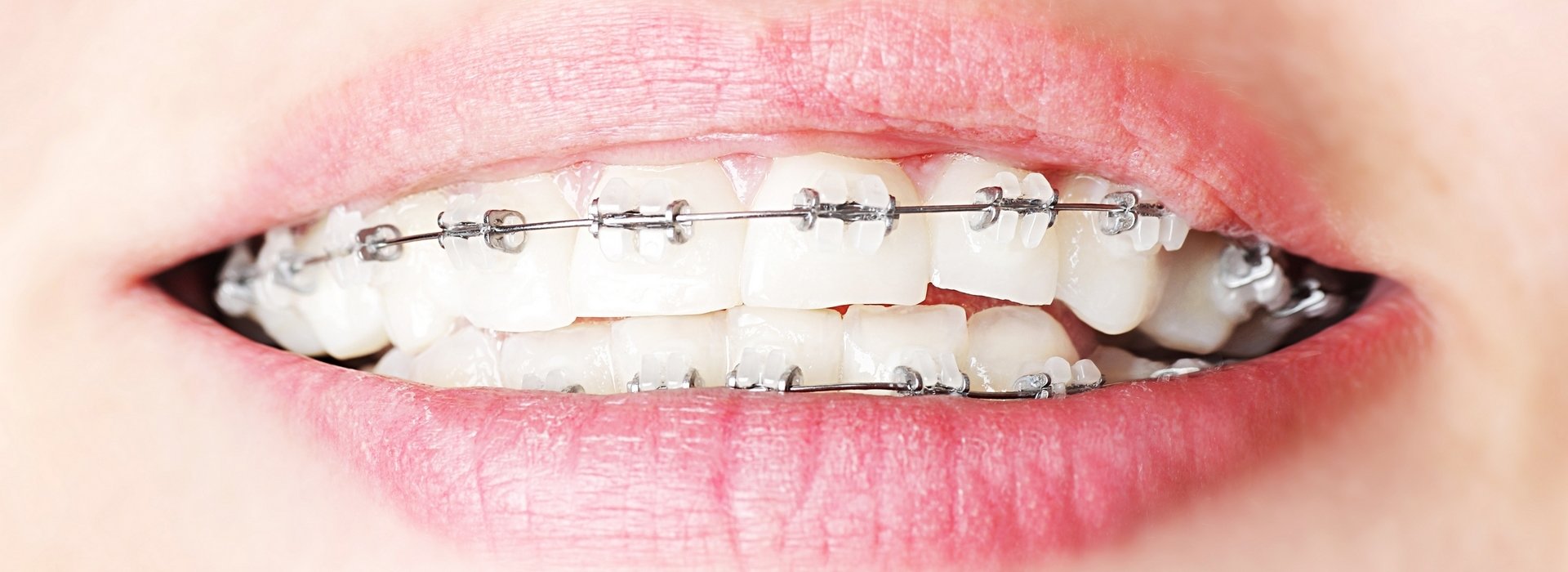
Orthodontic Treatment
Orthodontic treatment is a way of straightening or moving teeth, to improve the appearance of the teeth and how they work. It can also help to look after the long-term health of your teeth, gums and jaw joints, by spreading the biting pressure over all your teeth.
Orthodontics is a branch of dentistry that treats malocclusion, a condition in which the teeth are not correctly positioned when the mouth is closed. This results in an improper bite.
Treatment can be cosmetic, to improve a person’s appearance, but it often aims to improve oral function, too.
Why orthodontics is used
The benefits of orthodontics can include:
- correction of dental crowding and straightening of your teeth
- correction of your bite so the front and back teeth meet evenly
- reducing the chance of damage to prominent teeth
- improving your appearance, including your smile
Many people have crowded or crooked teeth, or their teeth don’t meet correctly when they bite. These problems can mean the teeth are more likely to become damaged or put a strain on jaw muscles.
Why should I have orthodontic treatment?
Many people have crowded or crooked teeth. Orthodontic treatment will straighten the teeth or move them into a better position. This can improve their appearance and the way the teeth bite together, while also making them easier to clean.
Some people have upper front teeth that stick out and look unsightly. These ‘prominent’ teeth are more likely to be damaged, but orthodontic treatment can move them back into line. Or the way the upper and lower jaws meet can cause teeth to look unsightly and lead to an incorrect bite. Orthodontic treatment may be able to correct both of these problems.
When the teeth don’t meet correctly, this can put strain on the muscles of the jaw, causing jaw and joint problems and sometimes headaches. Orthodontic treatment can help you to bite more evenly and reduce the strain.
Types of orthodontic treatment
Orthodontics mainly uses braces to correct the position of the teeth. Your exact treatment will depend on the problems with your teeth.
In some cases, you may have to wear headgear at night, or have small pins placed temporarily in the jaw as well as a brace. You may also need to have some teeth removed as part of your treatment.
The length of treatment will depend on how complicated the problem is, but it’s usually between 18 and 24 months.
